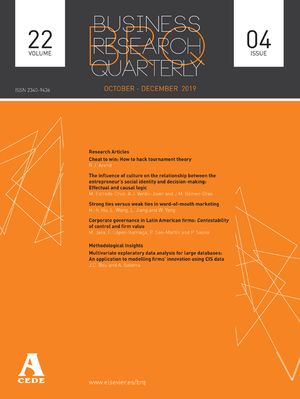En la literatura de marketing se ha analizado la influencia de las acciones de Responsabilidad Social Corporativa (RSC) de la empresa sobre el comportamiento del consumidor pero está todavía por demostrar si la forma como la empresa comunica a los clientes sus acciones de RSC tiene influencia o no en la valoración global de la empresa porsus clientes. El trabajo aporta evidencia extraída de una muestra de clientes reales de una entidad financiera en la que se demuestra que la empatía entre clientes y trabajadores de la empresa y la identificación del cliente con las acciones de RSC de la entidad, afectan a la credibilidad de la comunicación empresarial para los clientes y en última instancia a la valoración que estos hacen de dicha entidad.
Marketing literature has analyzed how CSR activities influence consumer behavior, although more research is needed to demonstrate if the form these activities are communicated contributes to improve consumers’ evaluation of the company. In this paper we provide empirical evidence, using a sample of customers from a cooperative bank, to demonstrate that consumer-salespeople relationship and consumers’ identification with the CSR activities carried out by the company influence consumers’ trust on the company communication activities and, therefore, on consumer's evaluation of the company.
Los autores agradecen los comentarios y sugerencias propuestos por los dos evaluadores anónimos a una primera versión de este trabajo. Los autores agradecen la ayuda recibida de la Fundación Cajamurcia, así como la ayuda del Ministerio de Educación y Ciencia mediante el proyecto SEJ2005-09358/ECON.




